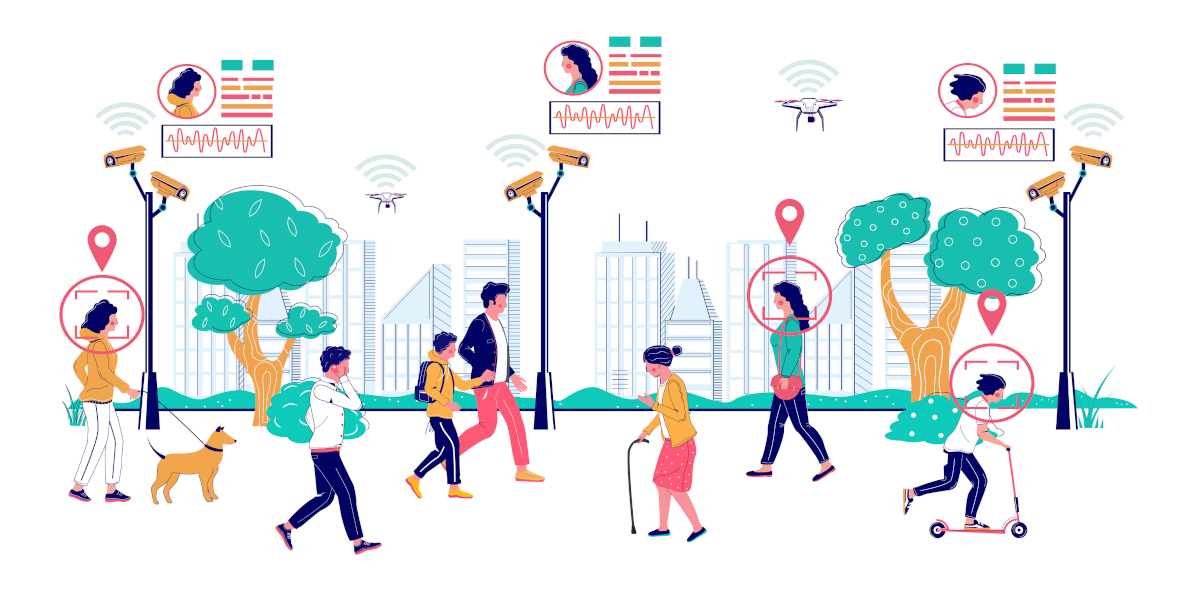A central video recorder is required in all systems, to transmit and for archival of the footage.
We’ve seen the evolution from VCR to DVRs and now NVRs are the latest step in the evolution of recording technology.
Software is a key component of any surveillance system. The software provides the tools for recording, monitoring and analyzing video footage. A standard web browser allows for remote viewing, but video management software is required for viewing and managing advanced features.
Basic NVR software provides live viewing, recording, and retrieving of video footage. More advanced NVR software platforms offer simultaneous viewing of multiple cameras, and multiple recording modes (continuous, scheduled, and triggered). Other features may include the ability to handle high frame rates, fast search capabilities, pan-tilt-zoom control, audio support, and remote access. Some software programs also support intelligent surveillance including facial recognition and advanced motion detection.
Here is the comparison between NVRs and DVRs.
Resolution:
While DVR’s offer D1 resolution, NVRs can record in 1080p or high definition.
D1 resolution is the traditional video quality commonly used in closed-circuit television (CCTV) systems with standard resolution of 720 x 480 pixels.
1080p is a significant improvement as it’s resolution is 1920 x 1080 pixels, therefore, resulting in a clearer image.
Camera Connections
Analog cameras require connection directly to the DVR. To scale up your system by adding more cameras, could require not only additional cables, but an entirely new DVR to accommodate additional cabling. Proximity to the recorder can also be an issue as video quality begins to degrade the further the camera is from the recorder.
The NVR directly connects to a network, so many of these issues are eliminated. IP cameras which are connected to the same network are able to transmit footage to the NVR directly. Scaling up your NVR system is easy, the system can accept a new camera once it’s added to the network. There is no need to upgrade the NVR, but you may need to add an additional PoE switch.
Hybrid Video Recorders (HVR)
HVR are video surveillance systems that run both IP and analog cameras. The versatility of these systems is desirable. If you’re upgrading an old system and don’t want to do away with all of your old analog cameras, for example, an HVR can help you make the transition and prepare for a fully IP system in the future.

